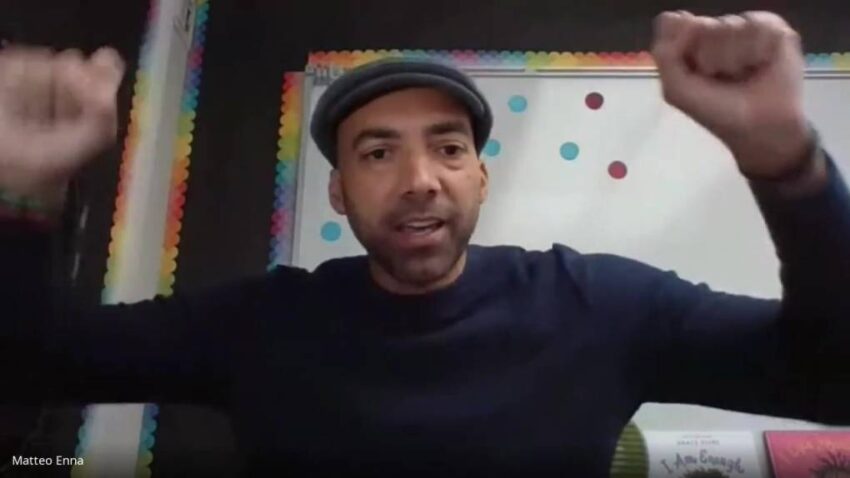
“Um, I’ve new sneakers.”
“What?” requested the trainer, a smile tugging on the corners of his mouth.
“I actually have new sneakers.”
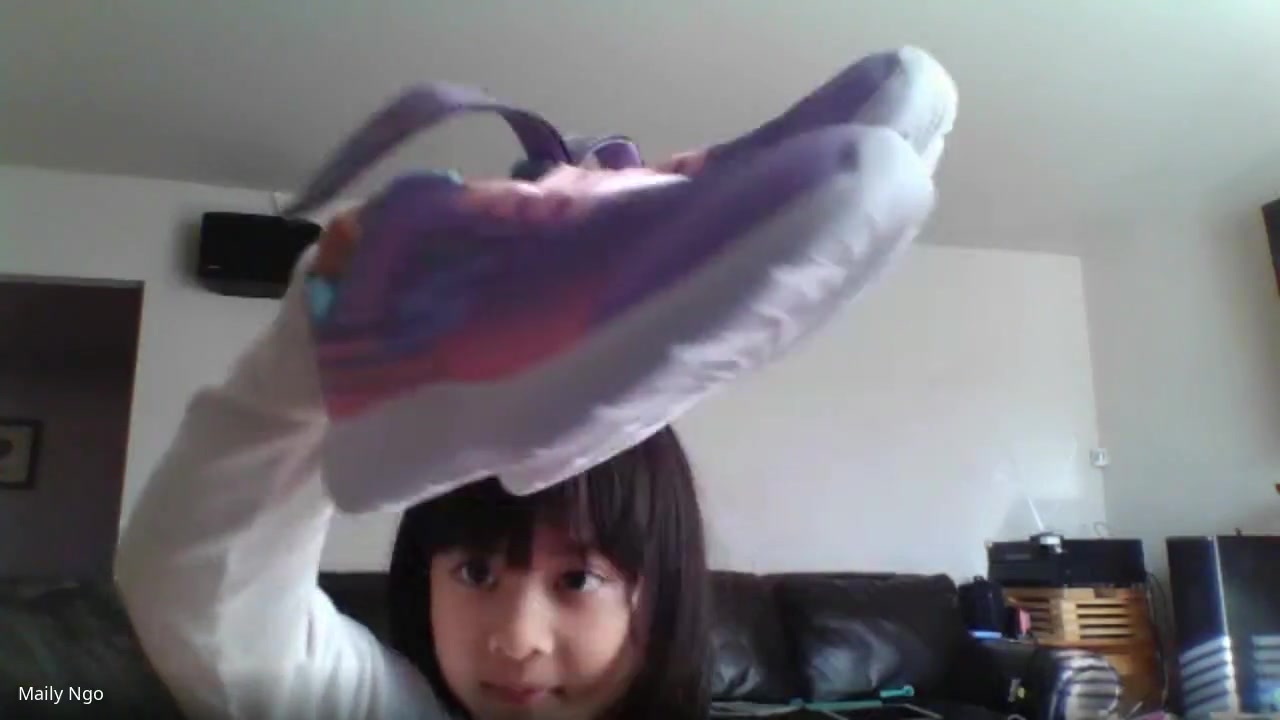
Maily’s head bobbed out of view like a duck diving for bugs. Her voice dipped, too, as she narrated from beneath. “I’ve been carrying them for the entire class, they usually’re actually fairly.”
Bobbing again up, Maily held the sneakers aloft in all their pink-laces-and-velcro-strapped glory.
“WOW! Beautifuuuul!” exclaimed Gianna, urgent her face towards her display screen. Syncopated admiration rang out as different classmates unmuted themselves to chime in.
“Subsequent time I am going to class with out COVID, you’re gonna see me put on them,” mentioned Maily.
“Oh, deal,” mentioned Mr. Enna. “Submit-COVID, Okay?”
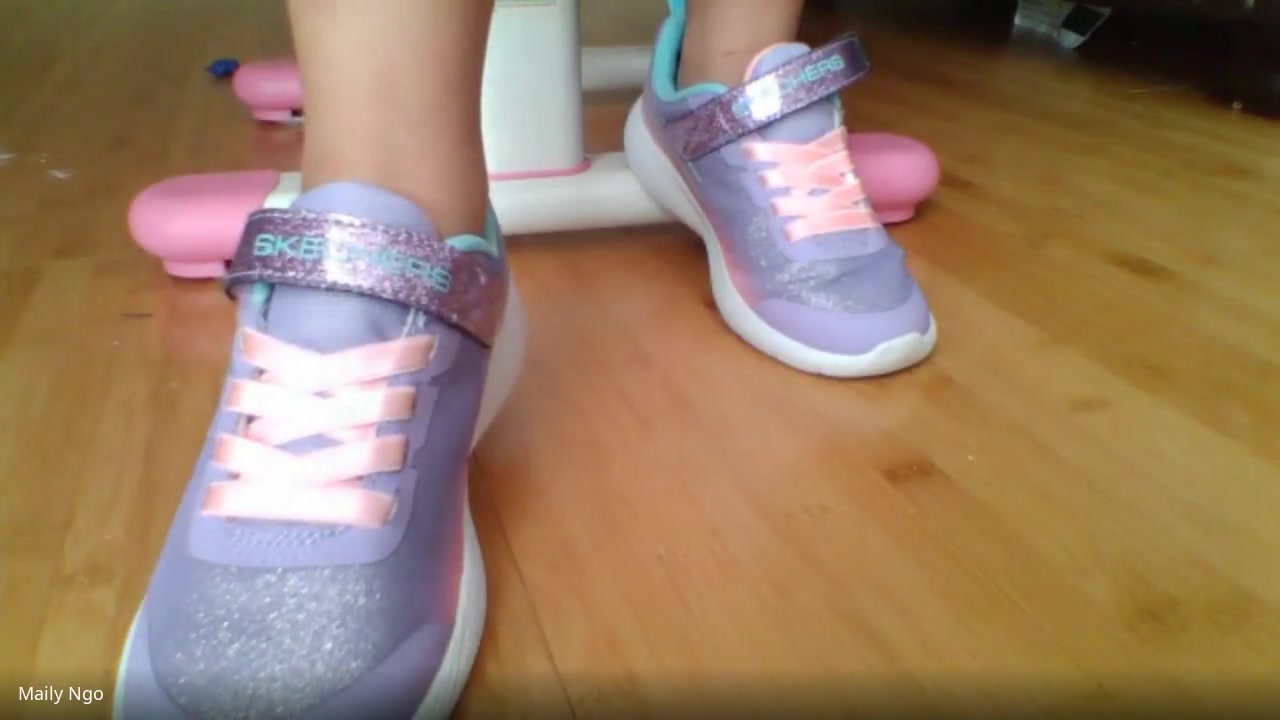
On the time, neither Maily nor her friends had ever set foot inside Mr. Enna’s classroom. Like 1000’s of different younger learners, they had been a part of an unplanned pandemic experiment: kindergarten within the cloud.
At the beginning of the yr, the prospect of this uncommon entrée into elementary schooling prompted a lot nervousness amongst parents and teachers nationwide. However whereas the long-term effects of pandemic studying stay to be seen, Mr. Enna and a number of other mother and father have been pleasantly shocked at how nicely digital kindergarten has gone.
Melissa Eichenberger mentioned her daughter, Gianna Servedio, has thrived. The six-year-old is studying on grade degree, can rely by tens and usually likes to study. “It is simply been loopy how a lot she’s getting out of it for taking a look at a pc display screen,” Eichenberger mentioned.
Not that it’s all been easy crusing. Among the many challenges, mother and father described Google Meet glitches, youngsters getting distracted by toys and restricted social interactions with friends. However Tayo Enna, who has taught kindergarten for 16 years, mentioned he approached distance learning with a maker mindset. “I checked out this Google Meet as, this is my software. How can I make this work? How can I make this enjoyable for the children?” he mentioned. “As a result of if I might inspire youngsters and keep them engaged, then I can educate them the content material, educate them the curriculum they usually’ll study.”
Whether or not on-line or in-person, that mindset is prime, in accordance with Jennifer LoCasale-Crouch, an schooling researcher at College of Virginia. Beliefs are one in all three key components she research associated to how adults support young children’s academic and social development.
The second key ingredient? The talents to enact supportive beliefs, together with: observing what youngsters suppose and do, planning based mostly on these observations and reflecting on what labored and what didn’t. It takes adjustment, however LoCasale-Crouch mentioned that making use of these expertise to a digital setting is fairly simple. The larger problem, nonetheless, is likely to be in adapting the third key ingredient of supportive educating: responsive behaviors.
“Being responsive in individual might imply you’re getting nearer to a toddler,” she mentioned. “You may get right down to their degree to allow them to see and really feel you. That is more durable clearly to do nearly, however you are still in a position to do issues like name someone’s title, give them a little bit smile, a little bit joke.”
Humor and levity performed an enormous function in Mr. Enna’s digital classroom this yr. He usually held staring contests with youngsters, poked enjoyable at himself or gave facetious recommendation.
“Be sure nobody cuts their hair. That’s how I’m bald. I tousled on an artwork exercise as soon as,” he quipped one morning as his college students lower out paper snowmen. “Simply kidding, Emily. It actually didn’t occur that method.”
Kidding or not, Mr. Enna referred to as out college students’ names continuously all through every lesson — praising effort, reengaging distracted pupils and asking inquiries to lock in studying.
“Oh, Calypso, seems such as you’re doing a pleasant job chopping.”
“Kien, the place are your flapping wings?”
“What number of bears do you’ve in all now, Gabriel? Are you able to rely that in Spanish, too?”
These strategies, in addition to the jokes, had been constructed on one thing fundamental: attending to know the children he noticed on display screen on daily basis. Enna mentioned he normally learns about his college students throughout recess conversations and small interactions all through the day. This yr, with fewer one-on-one alternatives, he took a brand new tack. As a substitute of leaping into educational content material instantly, he devoted the primary and previous few minutes of each digital class to non-academic conversations on matters akin to favourite meals, films or weekend plans.
“Each child desires to share that, even when it’s a small factor,” he mentioned.
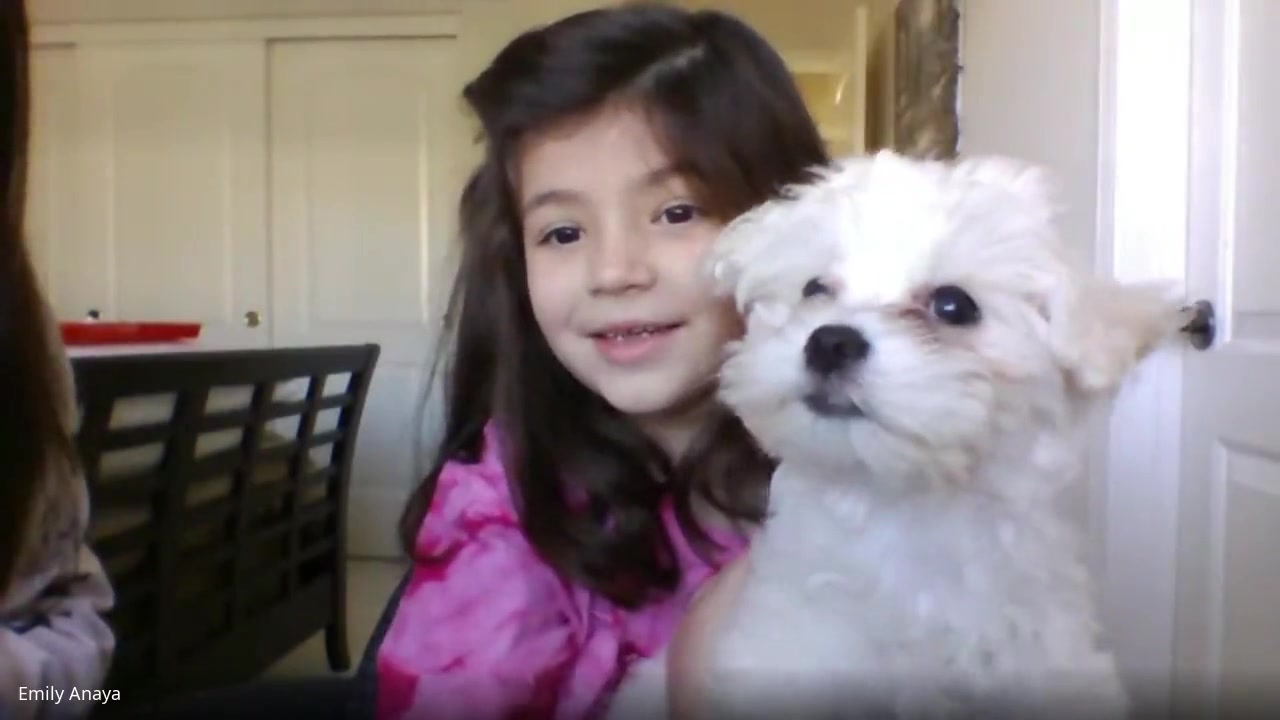
So when Maily confirmed off her new sneakers on the finish of a lesson in February, it wasn’t an accident. Early within the yr, youngsters would unmute themselves to share such issues in the course of a lesson, Mr. Enna mentioned. However as they grew accustomed to the routine, he not needed to monitor microphones as intently.
Your entire class met for 2 45-minute periods 4 mornings per week. Mr. Enna held small group studying classes within the afternoons on a rotation. Wednesdays had been principally asynchronous actions. With much less educational time than an everyday yr, Enna acknowledged some topics obtained shortchanged. College students solely had one stay writing train per day, as a substitute of two or three, for instance. Nonetheless, he felt that if he tried to cram all the pieces in quite than devoting time to relationships, he’d lose the true engagement wanted for studying.
LoCasale-Crouch affirmed that intuition. “In a disaster, the very first thing we have to do is connect,” she mentioned.
Fatime Brown mentioned that Mr. Enna’s curiosity about his college students made an influence on her son, Jace Duncan. Earlier than kindergarten, Jace was selective about who he spoke with, Brown mentioned. Not so in Mr. Enna’s digital classroom. The trainer shortly picked up on Jace’s love of math and science. He shared Neil deGrasse Tyson movies with Jace and quizzed the six-year-old on geography.
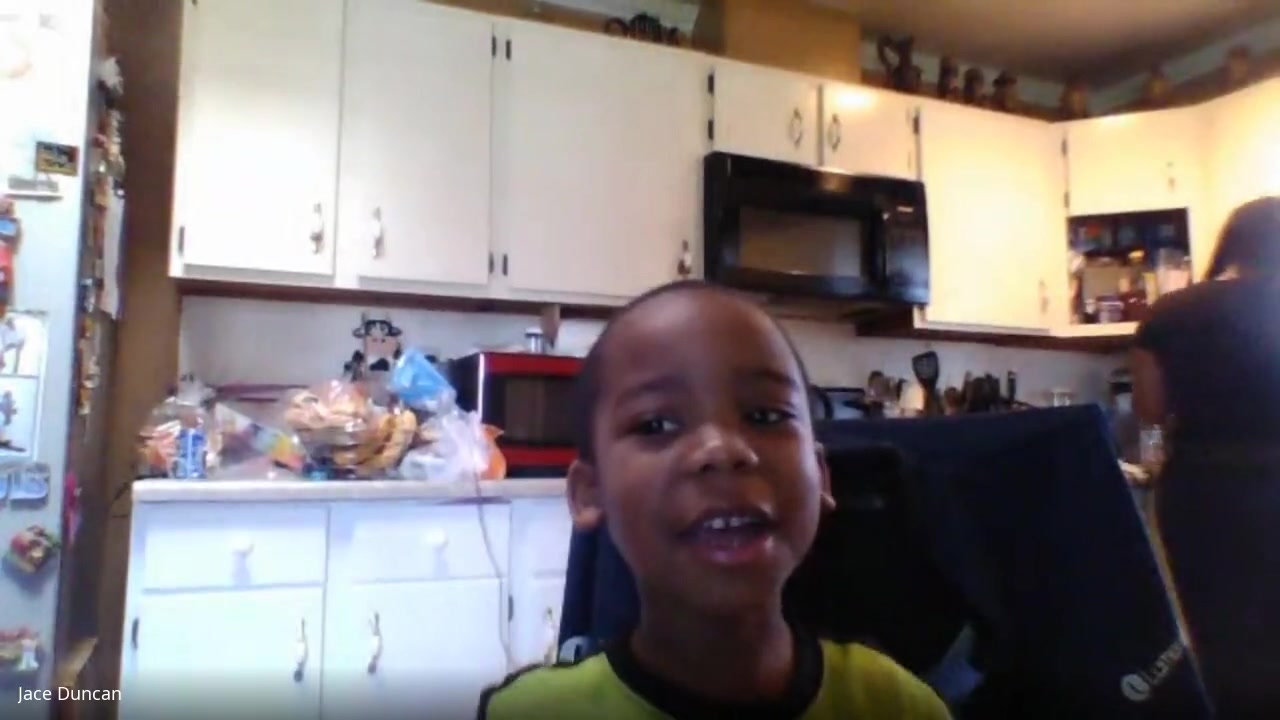
“Jace, do you wish to share your data of the world proper now?” Mr. Enna requested on the finish of 1 class.
“Yeah! Yeah! Yeah yeah yeah.”
“OK, inform us one thing about Denmark.”
“Greenland is an autonomous territory of the nation of Denmark,” Jace mentioned from his kitchen desk. Within the background, his mother put away breakfast dishes.
The flexibility for the entire class to witness these sorts of exchanges could possibly be a optimistic impact of digital studying, in accordance with LoCasale-Crouch. In individual, such conversations may occur individually. On-line, “college students is likely to be getting extra examples of relationships and helps by seeing it and listening to it that they would not essentially have within the classroom itself.”
Whether or not speaking about good points or losses, it’s too quickly to know the long-term results of the pandemic on early studying, LoCasale-Crouch mentioned. Outcomes rely tremendously on the school and family context. Kindergarten enrollment was down nationally this yr, and households opted for a wide mix of alternatives. Lecturers, too, had been working underneath differing levels of support or stress.
For a number of mother and father of Mr. Enna’s college students, the principle hole they noticed of their youngsters’s digital kindergarten expertise was the shortcoming to work together in the identical area with friends. They had been glad for an opportunity to test the water within the ultimate weeks of college. Late this spring, as Santa Clara County’s coronavirus case price and positivity price fell, households at STEAM@Stipe College, got the option to ship their youngsters to highschool two days per week.
Again in February, a couple of minutes after Maily first displayed her sparkly Skechers to the category, she confirmed them off once more. This time they had been on her toes. Pointing her digital camera downward, Maily repeated her promise that her classmates and trainer would see them in-person finally. “Should you see me actually carrying (them), you are going to be amazed,” she mentioned.
“That will probably be fairly the day,” mentioned Mr. Enna.
















